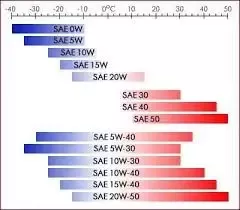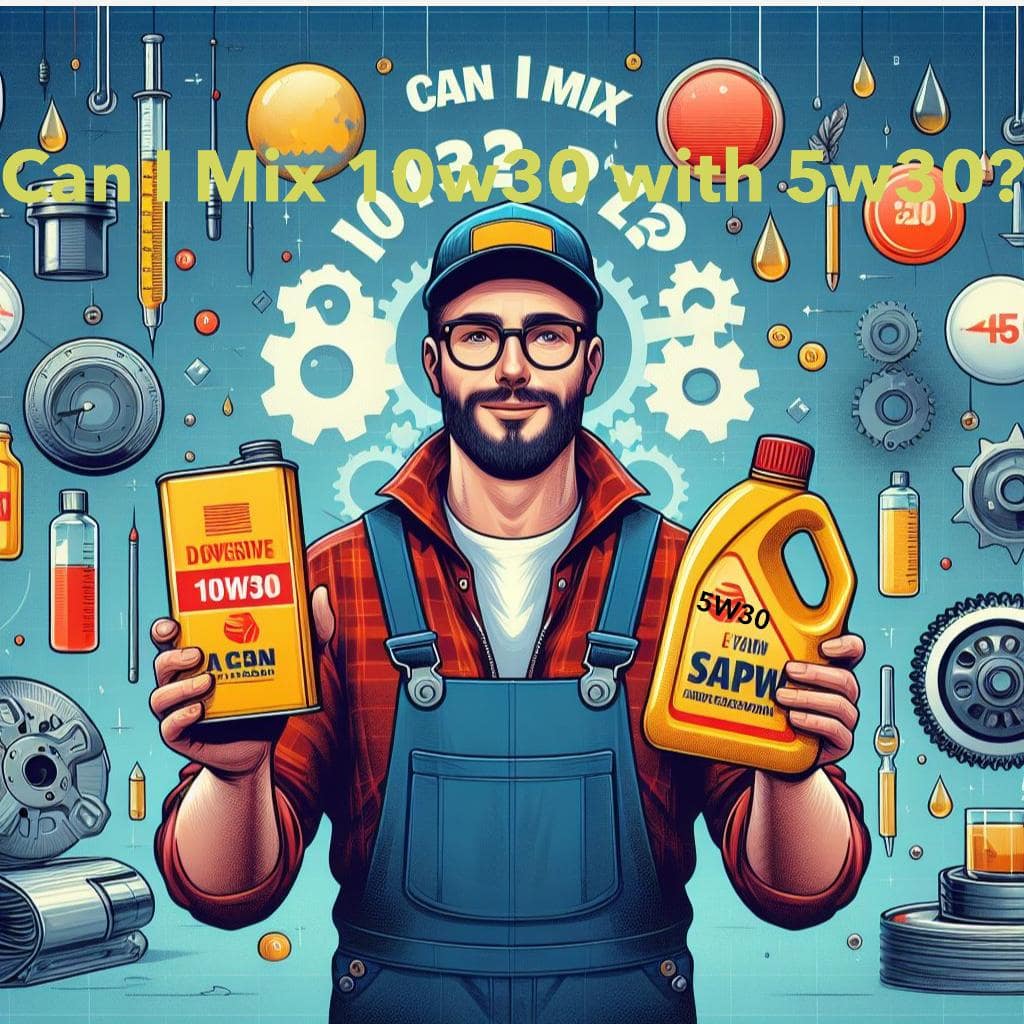Using the wrong grease can lead to physical and chemical reactions between base oils and additives, causing lubricant degradation. This can result in equipment damage, excess heat buildup, and increased downtime.
Choosing the right grease for your equipment is crucial to its performance and longevity. The consequences of using the wrong grease can range from reduced efficiency to catastrophic equipment failure. Understanding the potential risks and effects of incorrect grease application is essential for maintaining optimal equipment performance.
When incompatible greases are mixed, they can soften, harden, or even separate, leading to potential damage to the greased components. Over greasing or under greasing can both have detrimental effects on equipment, causing excess heat build-up, seal damage, and increased friction between moving parts. In extreme cases, the wrong grease application can result in bearing failure, overheating, and excessive wear. Therefore, it’s important to always use the correct grease for your specific equipment to avoid costly damage and downtime.
Introduction To Grease Misapplication
Using the wrong grease can lead to compatibility issues, causing softening or hardening of the lubricant. This misapplication can result in equipment damage, such as excess heat, seal damage, and increased downtime due to insufficient or excessive lubrication. It’s crucial to ensure proper grease selection to avoid such issues.
The Role Of Grease In Machinery
Grease plays a crucial role in machinery by reducing friction between moving parts, preventing wear and corrosion, and sealing out contaminants.
Consequences Of Incorrect Grease Use
Using the wrong grease can result in issues such as excessive heat build-up, bearing seal damage, clean up problems, and increased downtime.
Chemical Reactions And Compatibility
Using the wrong grease can lead to chemical incompatibility, causing physical and chemical reactions between the base oils and additives, ultimately degrading the lubricant. Over or under greasing can also cause damage to equipment, such as excess heat build-up, bearing seal damage, and increased downtime.
It is not recommended to mix different types of grease unless the thickener and/or base oil can mix with each other.
Base Oil Conflicts
Using the wrong grease can result in base oil conflicts, leading to physical and chemical reactions. When incompatible lubricants are mixed, the base oils can form two phases or degrade completely, causing the lubricant to degrade and lose its effectiveness.
Additive Interactions And By-products
Additionally, when different greases are mixed, additive interactions can occur, leading to the formation of by-products. This can result in the creation of deposits and potentially cause damage to the equipment. It’s important to ensure that the additives in the greases are compatible to avoid these issues.
Physical Changes In Grease
When using the wrong grease, it’s important to understand the physical changes that can occur. These changes can have a significant impact on the performance and longevity of the equipment being lubricated. Let’s explore some of the key physical changes that can result from using the wrong grease.
Consistency Alterations
One of the primary physical changes that can occur when using the wrong grease is alterations in consistency. This can manifest as the grease becoming either too soft or too hard, leading to inadequate lubrication and potential damage to the equipment. The incorrect consistency can also result in poor adhesion to the surfaces, reducing its effectiveness in providing the necessary lubrication.
Separation And Bleeding Of Components
Another physical change that can occur is the separation and bleeding of components within the grease. Incompatible greases can lead to the thickener and liquid separating, causing the mixture to run out of the greased component. This can result in inadequate lubrication in some areas and excess buildup in others, leading to uneven wear and potential equipment failure.

Credit: www.machinerylubrication.com
Equipment Performance Issues
Using the wrong grease in your equipment can lead to various performance issues that can affect its functionality and longevity.
Increased Friction And Wear
- Insufficient lubrication increases friction between moving parts.
- Excess heat is generated due to increased friction.
- Friction and heat cause accelerated wear on components.
Heat Build-up And Bearing Seal Damage
- Over lubrication can result in excessive heat build-up.
- Excess heat can damage bearing seals.
- Damage to bearing seals can lead to contamination and component failure.
It is crucial to use the correct grease for your equipment to prevent these performance issues and ensure optimal operation.
Lubrication Failures And Bearing Damage
Using the wrong grease can lead to lubrication failures and bearing damage. Incompatibility between lubricants can cause chemical reactions, leading to degradation. Over-greasing can result in heat build-up, seal damage, and increased downtime, while under-greasing can lead to friction and heat generation, ultimately causing equipment damage.
When it comes to the performance and longevity of your equipment, using the wrong grease can have serious consequences. One of the key areas where lubrication failures occur is in the bearings. Improper lubrication can lead to bearing damage, resulting in costly repairs and downtime.
Over-greasing Problems
Over-greasing is a common issue that can cause significant damage to bearings. When too much grease is applied, it can lead to excess heat build-up. This heat can cause the bearing seals to fail, allowing contaminants to enter and further damage the bearing surfaces. Over time, this can result in premature bearing failure.
In addition to heat build-up, over-greasing can also lead to clean-up issues. Excess grease can escape from the bearing housing, creating a mess and potentially contaminating other components. This not only requires extra time and effort for clean-up but can also lead to additional maintenance and repair costs.
Under-greasing Consequences
On the other hand, under-greasing is equally detrimental to bearing health. When bearings are not properly lubricated, friction between the moving parts increases. This friction generates excess heat, which can cause the bearing surfaces to wear out quickly.
Inadequate lubrication can also result in increased vibration and noise. As the bearing components rub against each other without sufficient lubrication, they can become misaligned or damaged. This can lead to further mechanical issues and potential equipment failure.
Furthermore, insufficient lubrication can cause the formation of corrosion and rust on the bearing surfaces. This can accelerate wear and tear, reducing the overall lifespan of the bearings and requiring more frequent replacements.
It is essential to ensure the proper amount of grease is applied to bearings to maintain optimal performance and prevent premature failures. Following manufacturer guidelines and regular maintenance schedules can help prevent both over-greasing and under-greasing issues.
Summary:
- Over-greasing can lead to excess heat build-up, bearing seal damage, clean-up issues, and increased downtime.
- Under-greasing causes increased friction, excess heat generation, vibration, noise, misalignment, and potential equipment failure.
- Both over-greasing and under-greasing can result in premature bearing damage and costly repairs.
Proper lubrication is crucial to the smooth operation and longevity of your equipment. By understanding the consequences of using the wrong grease and ensuring appropriate lubrication, you can avoid bearing damage and maximize the performance of your machinery.

Credit: www.youtube.com
Systemic Effects On Machinery
Using the wrong grease can lead to detrimental effects on machinery. Incompatibility between greases can result in softening, hardening, or even bleeding, causing damage to the equipment. Over-greasing can lead to heat build-up, seal damage, and increased downtime, while under-greasing causes friction and excess heat generation.
It’s crucial to use the right grease to avoid these issues.
Central Lubrication System Risks
Using the wrong grease in a central lubrication system can have detrimental effects on machinery. The central lubrication system is designed to distribute lubricant to various components of the machinery, ensuring smooth operation and reducing friction. However, if incompatible grease is used, it can lead to significant risks. One of the risks is the hardening of the grease mixture. When incompatible greases are mixed, they can form a solid mass, which can clog the lubrication lines and prevent the proper distribution of lubricant. This can result in inadequate lubrication of critical components, leading to increased friction, wear, and potential damage to the machinery. Another risk is the bleeding or separation of the grease mixture. In extreme cases, the thickener and liquid components of the grease can separate, causing the mixture to run out of the greased components. This can result in insufficient lubrication, leading to increased friction, heat build-up, and potential equipment failure.Impact On Machinery Lifespan
Using the wrong grease can also have a significant impact on the lifespan of machinery. Proper lubrication is crucial for maintaining the performance and longevity of machinery components. When the wrong grease is used, it can result in inadequate lubrication or excessive lubrication, both of which can have detrimental effects. Insufficient lubrication due to the wrong grease can result in increased friction between moving parts. This friction generates excess heat, which can cause premature wear, damage, and potential failure of the machinery components. Over time, this can significantly reduce the lifespan of the machinery and result in costly repairs or replacements. On the other hand, excessive lubrication caused by using the wrong grease can also lead to problems. Excess grease can build up and create heat pockets, leading to overheating of the machinery. It can also cause damage to bearing seals, resulting in leaks and contamination. Additionally, excess grease can attract dirt and debris, leading to increased maintenance and cleanup issues. To ensure the longevity of machinery, it is crucial to use the correct grease that is compatible with the specific equipment and its lubrication requirements. This will help optimize performance, reduce friction, and extend the lifespan of the machinery. In conclusion, using the wrong grease in machinery can have systemic effects, particularly on central lubrication systems and the overall lifespan of the equipment. It is essential to follow manufacturer recommendations and use compatible lubricants to avoid unnecessary risks and ensure optimal performance and longevity of the machinery.Best Practices For Grease Application
Using the wrong grease for equipment can lead to detrimental damage. Both over-greasing and under-greasing can cause problems such as excess heat build-up, bearing seal damage, clean up issues and increased downtime. Mixing incompatible greases can also lead to chemical reactions and a decrease in lubricant effectiveness.
It is important to follow best practices for grease application to avoid these issues and ensure equipment longevity.
Manufacturer’s Recommendations
It is crucial to adhere to the manufacturer’s recommendations when it comes to selecting and applying grease. Failure to follow these guidelines can result in equipment malfunction and costly repairs.
Grease Selection Criteria
When choosing grease, consider factors such as the operating temperature, load conditions, and speed of the equipment. Select a grease that is compatible with the materials and components it will be in contact with.
Handling Grease Incompatibilities
Using the wrong grease in industrial machinery can lead to severe consequences, including equipment damage and failure. One critical aspect to consider is the compatibility of different grease types. When incompatible greases are mixed, it can result in adverse effects on the performance and lifespan of the equipment. Here, we delve into the potential issues that arise from mixing different grease types and explore mitigation strategies for wrong grease use.
Mixing Different Grease Types
When different types of grease are mixed, the consequences can be detrimental. The incompatibility between the base oils and additives in the greases can lead to physical and chemical reactions. This can result in the degradation of the lubricant, causing softening, hardening, bleeding, or separation of the thickener and liquid. In extreme cases, the mixture may even run out of the greased component, leading to equipment malfunction and damage.
Mitigation Strategies For Wrong Grease Use
To mitigate the risks associated with using the wrong grease, it is crucial to adhere to the following best practices:
- Thoroughly clean equipment: Before applying new grease, ensure that the equipment is thoroughly cleaned to remove any remnants of the previous grease.
- Consult manufacturer guidelines: Always refer to the manufacturer’s guidelines to determine the appropriate grease type for specific equipment.
- Implement proper labeling: Clearly label different grease types to prevent accidental mixing and ensure easy identification.
- Regular maintenance: Implement a regular maintenance schedule to monitor grease application and equipment performance, ensuring timely replacements and adjustments.
By understanding the implications of using the wrong grease and implementing effective mitigation strategies, businesses can safeguard their equipment and optimize operational efficiency.
Case Studies: The Costs Of Wrong Grease Use
Using the wrong grease can lead to detrimental effects on equipment. Incompatibility between lubricants can cause chemical reactions, resulting in degradation of the lubricant. Over-greasing or under-greasing can also damage equipment, leading to issues such as heat build-up and increased downtime.
Mixing different greases can cause hardening or bleeding, further impacting equipment performance.
Automotive Lubrication Errors
Using the wrong grease in automotive applications can lead to severe consequences. For instance, mixing incompatible greases may result in softening or hardening, causing potential damage to critical components such as bearings. Over-greasing can lead to heat build-up, seal damage, and increased downtime, while under-greasing can cause excessive friction and heat generation. These errors can ultimately lead to equipment failure, costly repairs, and production delays.
Industrial Equipment Lubrication Mishaps
When the wrong grease is applied to industrial equipment, the results can be equally damaging. Incompatible greases can degrade, leading to chemical reactions between base oils and additives, resulting in lubricant degradation. Over-greasing can lead to excess heat build-up, bearing seal damage, and increased downtime, while under-greasing can cause friction between moving parts, generating excess heat and potential equipment failure. Furthermore, using the wrong lubrication could lead to serious issues like overheating, excessive wear, and bearing failure, all of which can have significant financial implications for businesses.

Credit: twitter.com
Conclusion And Preventative Measures
Using the wrong grease can lead to chemical reactions and degradation of the lubricant. Incompatibility between greases can cause softening, hardening, or even bleeding. Incorrect grease application may result in equipment damage, including excess heat, seal damage, and increased downtime.
Summarizing The Risks
Mixing incompatible greases can lead to softening or hardening, causing potential equipment failure. Over greasing can result in excess heat, seal damage, and increased downtime, while under greasing leads to friction and heat generation.
Future Guidance For Grease Application
- Always consult equipment manuals for recommended grease types and application methods.
- Regularly monitor grease compatibility and condition to prevent mixing issues.
- Implement a strict lubrication schedule to prevent over or under greasing.
- Train personnel on proper grease handling and application techniques.
Mixing incompatible greases can result in equipment failure due to softening or hardening. Over greasing can lead to excess heat and seal damage, while under greasing causes friction and heat generation. To prevent these risks, always follow equipment manuals for recommended grease types and application methods, monitor compatibility regularly, maintain a strict lubrication schedule, and provide proper training to personnel.
Frequently Asked Questions
What Happens If You Use The Wrong Lube?
Using the wrong lube can lead to incompatibility, causing chemical reactions and lubricant degradation. It can damage equipment through overheating, increased friction, and bearing failure. Mixing different greases should be done cautiously, as it can result in hardening or bleeding of the mixture.
What Happens If You Mix Incompatible Grease?
Mixing incompatible greases can lead to softening, hardening, or bleeding in extreme cases. This can cause equipment damage, excess heat build-up, and increased friction, leading to bearing failure and increased downtime. It’s important to use the right grease to avoid these issues.
What Can The Wrong Grease Application Cause In Equipment?
Wrong grease application can lead to equipment damage. Over greasing causes heat build-up, seal damage, and downtime. Under greasing increases friction, generating excess heat.
Is It Okay To Mix Different Types Of Grease?
Mixing different types of grease can have negative consequences. Incompatible greases can lead to physical and chemical reactions, causing the lubricant to degrade. This can result in softening, hardening, bleeding, or separation of the greases. Over or under greasing can also damage equipment.
Therefore, it is generally not okay to mix different types of grease.
Conclusion
Using the wrong grease can have serious consequences for your equipment. Incompatibility between different lubricants can lead to chemical reactions and degradation, resulting in damaged or overheated bearings, excess heat buildup, and increased downtime. Mixing different greases can also cause hardening or bleeding, leading to system failures.
It’s important to carefully follow manufacturer recommendations and use the right type of grease for your equipment to avoid costly damage and downtime. Always consult with a lubricant expert if you’re unsure about which grease to use.


